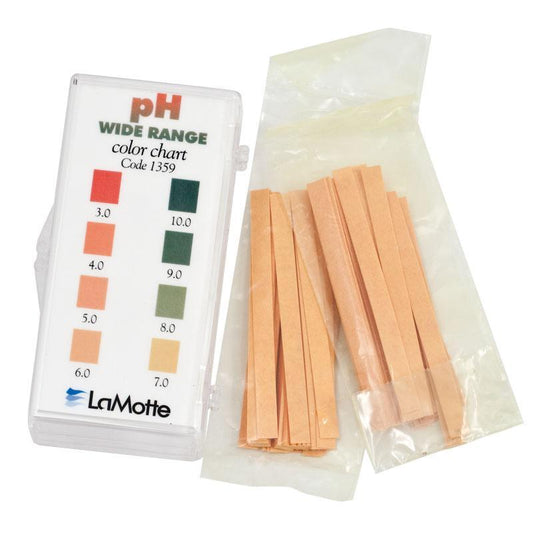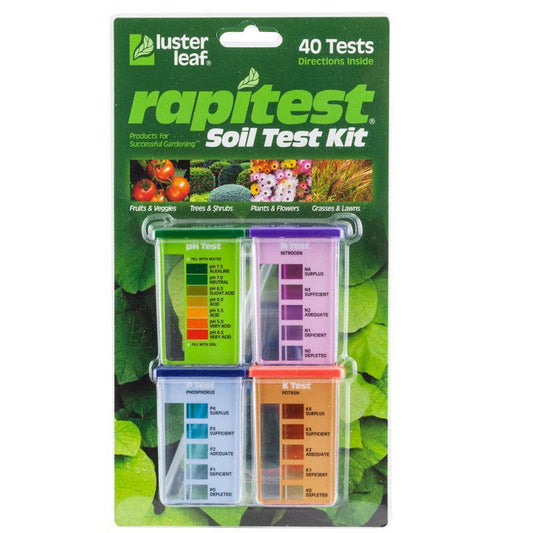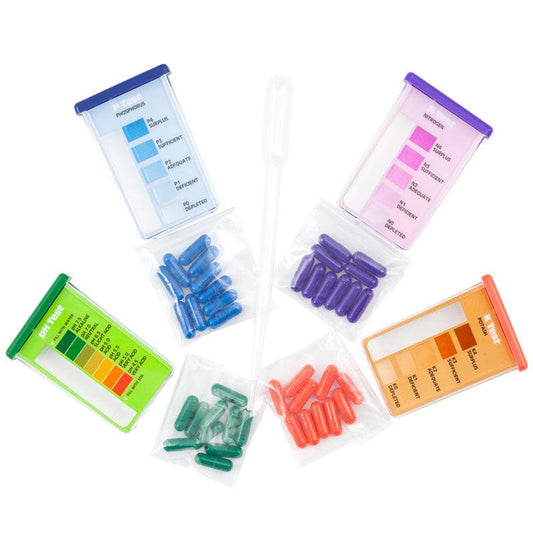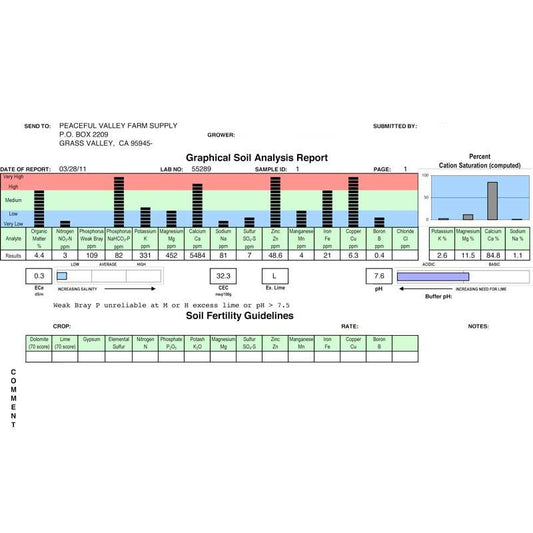Organic gardeners always say, "It's all about the soil"—and they're right. In organic gardening, we nourish our plants through nutrient-rich soil rather than synthetic fertilizers.
Why Test Your Soil?
Soil quality is key to successful gardening, but while we can assess texture and color, our senses can't detect pH levels or nutrient composition like nitrogen, phosphorus, or potassium. Testing provides vital insights into your soil’s health.
Methods for Testing Soil
Using a lab test every three years gives detailed data on soil composition. However, for regular monitoring, home test kits are quick and efficient.
Steps to Test Soil at Home

- Collect soil samples from various garden spots.
- Let the samples dry for at least 12 hours.
- Use a soil testing kit like the La Motte soil test kit for pH and nutrient analysis.
Understanding Your Results
Each nutrient plays a role in plant growth:
- Nitrogen: Promotes leafy green growth.
- Phosphorus: Encourages flower and root development.
- Potassium: Supports overall plant health and resilience.
Amending Your Soil
Once you have your results, refer to the Garden Guide Booklet included with the test kit for amendment recommendations. If using a professional soil test, you’ll receive a personalized PDF with corrective measures.
Final Thoughts
Testing soil before each growing season ensures a thriving garden. Invest in a home soil test kit to monitor soil health regularly!






